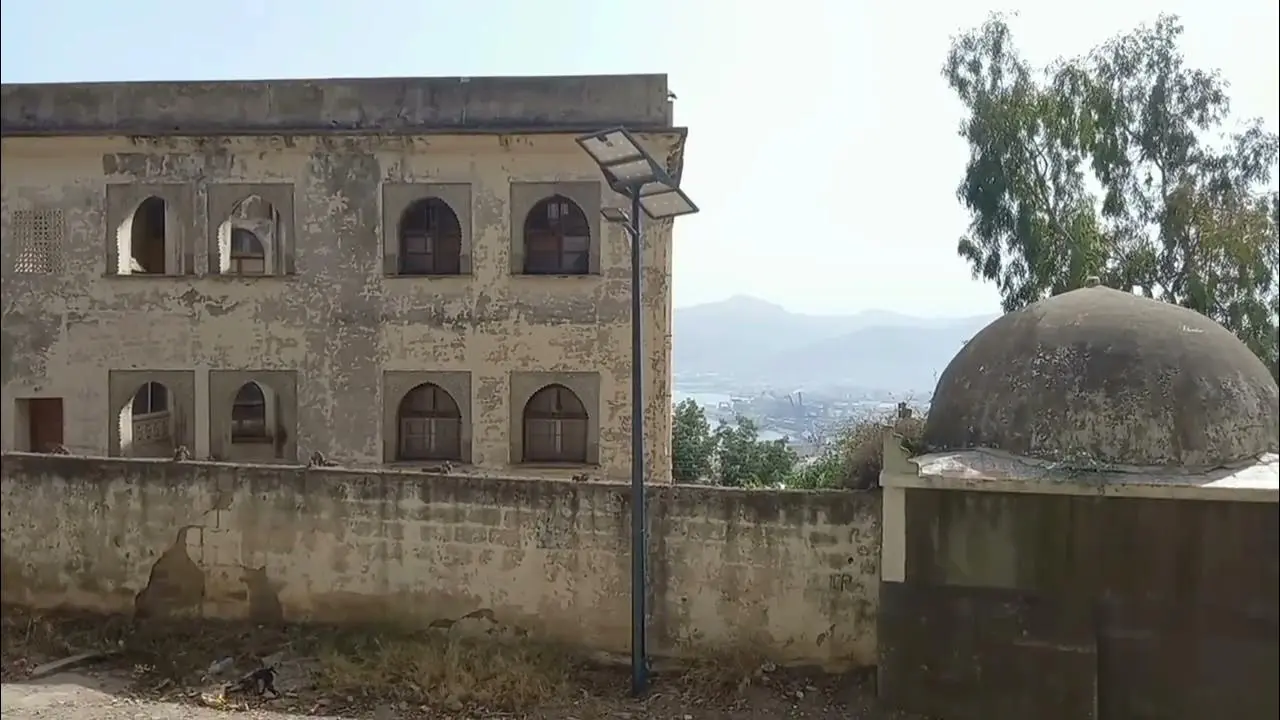The Zaouia of Sidi Touati is a religious building and an ancient center of Islamic education located in Béjaïa, Algeria. It is named after Sidi Mohammed at-Tuwati (1375-1495), a Muslim saint venerated in the region.
History
According to some sources, the zaouia was founded in the 11th century, during the Hammadid dynasty. However, historians believe it is more likely that its prestige dates back to the 15th century, the period when Sheikh Mohammed at-Tuwati lived.
The zaouia operated continuously until 1828. After the French occupation, it was converted into a barracks.
Role and Importance
The Zaouia of Sidi Touati fulfilled several functions:
- Center of Education: It offered courses in various Islamic sciences. Some sources claim it hosted up to 3000 students.
- Monastery and Place of Spiritual Retreat: It housed about 200 talebs (theology students).
- Quranic and Legal School: It provided religious and legal education.
The traveler L’Hucin al-Wartilani (1713-1779) described Sidi Touati as a “Wali Salah” (holy man) of great stature and an “Absolute Scholar.” His fatwas (legal opinions) were said to have had authority as far as Tunisia.
Legends and Traditions
Many legends surround Sidi Touati and his zaouia, reflecting their importance in local culture:
- One legend tells how Sidi Touati reprimanded the Hammadid ruler En-Nacer for his pride, showing him a vision of the city in ruins through his burnous.
- The Turkish admiral Piri Reis, in his work Kitab i-Bahriye, reports having visited Sidi Touati with his uncle Kémal Reis towards the end of the 15th century. He claims that the saint offered them sticks and that they spent two winters in Béjaïa “for the love of the Saint.”
Current Site
Today, the tomb of Sidi Touati, located on the heights of Béjaïa on the Gouraya road, remains a place of pilgrimage and veneration for the local population. The koubba (mausoleum) continues to receive visitors, reflecting the enduring importance of Sidi Touati in the collective memory of Béjaïa.
The Zaouia of Sidi Touati is a religious building and an ancient center of Islamic education located in Béjaïa, Algeria. It is named after Sidi Mohammed at-Tuwati (1375-1495), a Muslim saint venerated in the region.
History
According to some sources, the zaouia was founded in the 11th century, during the Hammadid dynasty. However, historians believe it is more likely that its prestige dates back to the 15th century, the period when Sheikh Mohammed at-Tuwati lived.
The zaouia operated continuously until 1828. After the French occupation, it was converted into a barracks.
Role and Importance
The Zaouia of Sidi Touati fulfilled several functions:
- Center of Education: It offered courses in various Islamic sciences. Some sources claim it hosted up to 3000 students.
- Monastery and Place of Spiritual Retreat: It housed about 200 talebs (theology students).
- Quranic and Legal School: It provided religious and legal education.
The traveler L’Hucin al-Wartilani (1713-1779) described Sidi Touati as a “Wali Salah” (holy man) of great stature and an “Absolute Scholar.” His fatwas (legal opinions) were said to have had authority as far as Tunisia.
Legends and Traditions
Many legends surround Sidi Touati and his zaouia, reflecting their importance in local culture:
- One legend tells how Sidi Touati reprimanded the Hammadid ruler En-Nacer for his pride, showing him a vision of the city in ruins through his burnous.
- The Turkish admiral Piri Reis, in his work Kitab i-Bahriye, reports having visited Sidi Touati with his uncle Kémal Reis towards the end of the 15th century. He claims that the saint offered them sticks and that they spent two winters in Béjaïa “for the love of the Saint.”
Current Site
Today, the tomb of Sidi Touati, located on the heights of Béjaïa on the Gouraya road, remains a place of pilgrimage and veneration for the local population. The koubba (mausoleum) continues to receive visitors, reflecting the enduring importance of Sidi Touati in the collective memory of Béjaïa.








